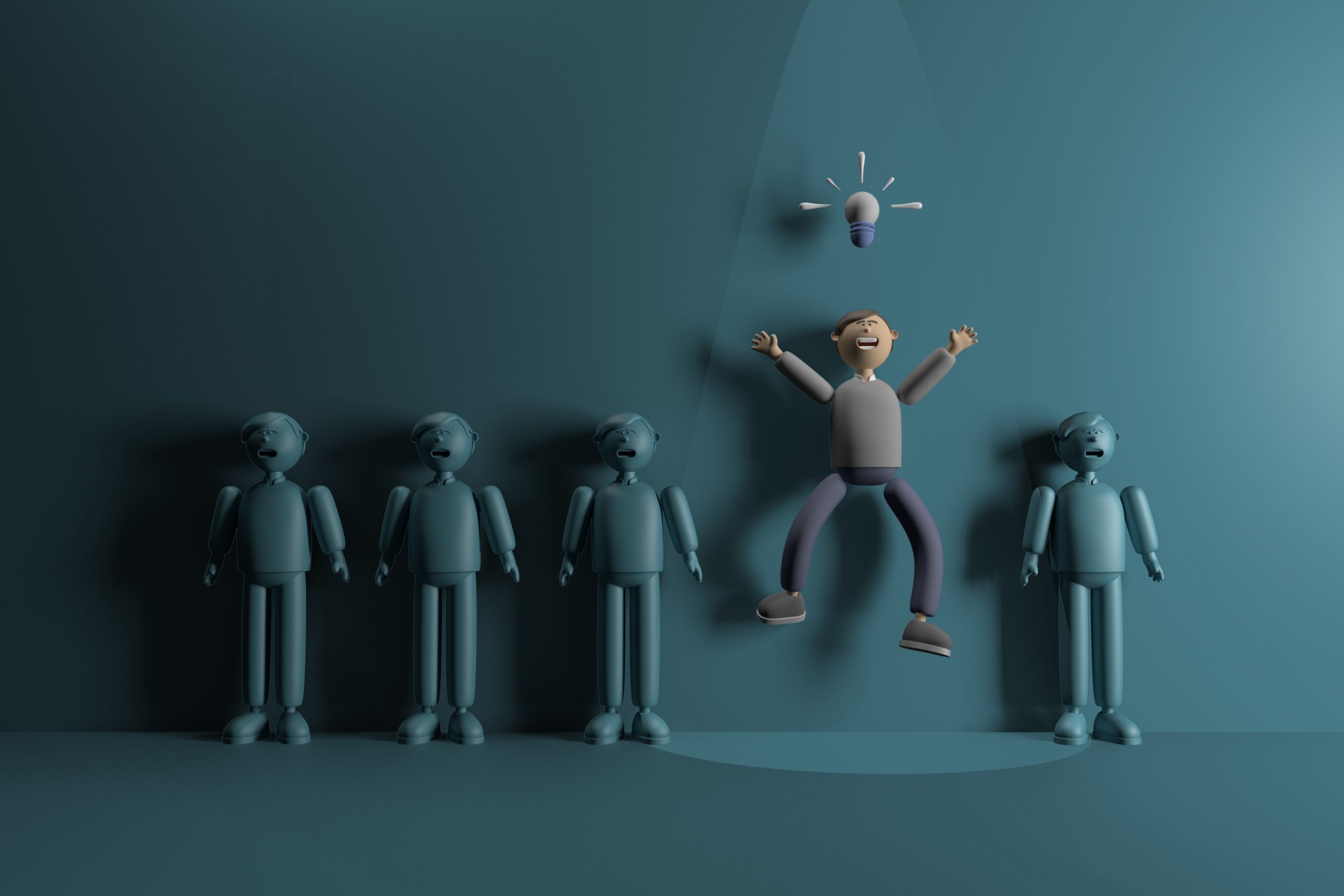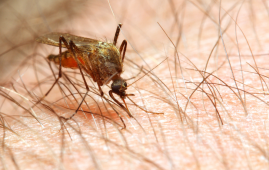

According to a new study by University of Arizona researchers, creative people are more prone to spend their downtime during the day exploring their minds.
According to the study, which was published in the Creativity Research Journal, creative people are more likely to use idle time productively by allowing one idea to lead to another. Researchers discovered that study participants who were more creative felt less bored when they sat alone in a room. Moreover, during the COVID-19 epidemic, when the world was experiencing unusually long periods of unstructured time, creative people were less bored and more engaged with their thoughts.
“I am particularly interested in creativity because we wanted to know what’s going on in the mind of creative individuals, especially in situations where nothing constrains their thoughts,” said lead study author Quentin Raffaeli, a graduate student in the Arizona Department of Psychology.
Most studies on human thoughts in psychology and neuroscience either ask participants to think in a certain way or ask them to report on thoughts they had, but less is known about how thoughts naturally arise and unfold over time in unprompted contexts, according to Jessica Andrews-Hanna, an associate professor in the Department of Psychology and senior author of the paper.
“This is where our study comes in,” Andrews-Hanna said.
According to Andrews-Hanna, history is littered with examples of brilliant scientists, artists, and philosophers who valued being alone with their thoughts, and those people typically developed some of their best ideas during idle time.
“In today’s busy and digitally connected society, time to be alone with one’s thoughts without distraction may be becoming a rare commodity,” she added.
The study was separated into two portions by the researchers. The researchers instructed each participant to sit alone in a room for 10 minutes with no access to digital gadgets for the first trial. In the absence of a specific provocation, participants were instructed to speak their thoughts aloud in real time. The 81 individuals’ recorded files were then transcribed and evaluated.
The researchers assessed the participants’ creativity through a “divergent thinking test,” a lab-based verbal test that measures a person’s ability to think outside of the box. Participants who performed well in the divergent thinking test had thoughts that flowed freely and were associated with one another, often indicated by phrases such as “this reminds me of” or “speaking of which.”
“While many participants had a tendency to jump between seemingly unrelated thoughts, creative individuals showed signs of thinking more associatively,” Raffaeli said.
The initial experiment also discovered that when creative people were left alone without distractions like cell phones and the internet, they were more immersed in their thinking.
“Creative people rated themselves as being less bored, even over those 10 minutes. They also spoke more words overall, which indicated that their thoughts were more likely to move freely,” Andrews-Hanna said.
To supplement their original findings, the researchers expanded their investigation across a significantly broader time span—the COVID-19 pandemic—during which many people were alone with their thoughts more frequently.
In the second experiment, nearly 2,600 participants completed questionnaires using Mind Window, a smartphone app developed by Andrews-Hanna and her graduate student Eric Andrews. Participants who classified as creative said they were less bored during the outbreak.
“As we become more overworked, overscheduled and addicted to our digital devices, I think we need to do a better job in our homes, our workplaces and our schools to cultivate time to simply relax with our thoughts,” Andrews-Hanna said.
The researchers are carrying on this line of research with their Mind Window software. They invite individuals to download and utilize the app in order to assist scientists in understanding how people around the world think in their daily lives.
“Understanding why different people think the way they do may lead to promising interventions to improve health and well-being,” Andrews-Hanna said.
more recommended stories
 Poor Kidney Function and Alzheimer’s Biomarkers Explained
Poor Kidney Function and Alzheimer’s Biomarkers ExplainedPoor kidney function may influence levels.
 Perinatal Mental Health Challenges Highlighted in New Study
Perinatal Mental Health Challenges Highlighted in New StudyMental Health Challenges in New Parents:.
 Walking Speed Before Hip Replacement Predicts Recovery
Walking Speed Before Hip Replacement Predicts RecoveryNew Evidence Points to a Simple,.
 Neuroblastoma Drug Combo Extends Survival in Models
Neuroblastoma Drug Combo Extends Survival in ModelsA Promising Shift in High-Risk Neuroblastoma.
 How Soybean Oil Impacts Weight Gain and Metabolism
How Soybean Oil Impacts Weight Gain and MetabolismWhy Soybean Oil May Affect Metabolism.
 New Malaria Prevention Insights From African Biostatistics
New Malaria Prevention Insights From African BiostatisticsHow New Data Is Reframing Malaria.
 Coffee and Cognitive Function: Evidence Review
Coffee and Cognitive Function: Evidence ReviewA new narrative review in Cureus.
 World Summit Outlines Core Principles for Healthy Longevity
World Summit Outlines Core Principles for Healthy LongevityWhy Healthy Longevity Demands a New.
 Colorectal Cancer Screening Rates Low in Adults 45–49
Colorectal Cancer Screening Rates Low in Adults 45–49Recent UCLA research reveals that colorectal.
 Gut Immune Cells and Long-Lasting Antiviral Protection.
Gut Immune Cells and Long-Lasting Antiviral Protection.Breakthrough Findings on How Gut Immune.

Leave a Comment